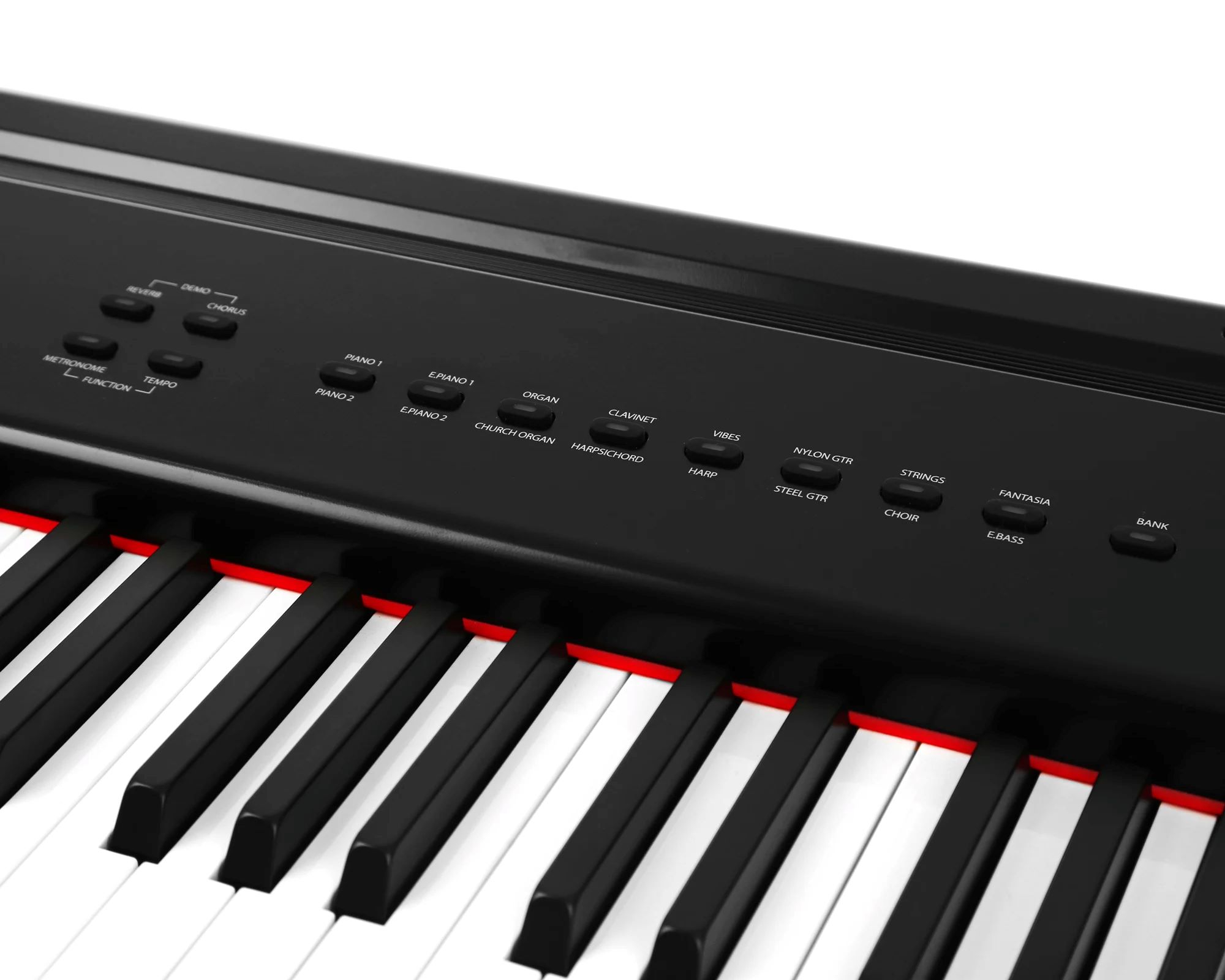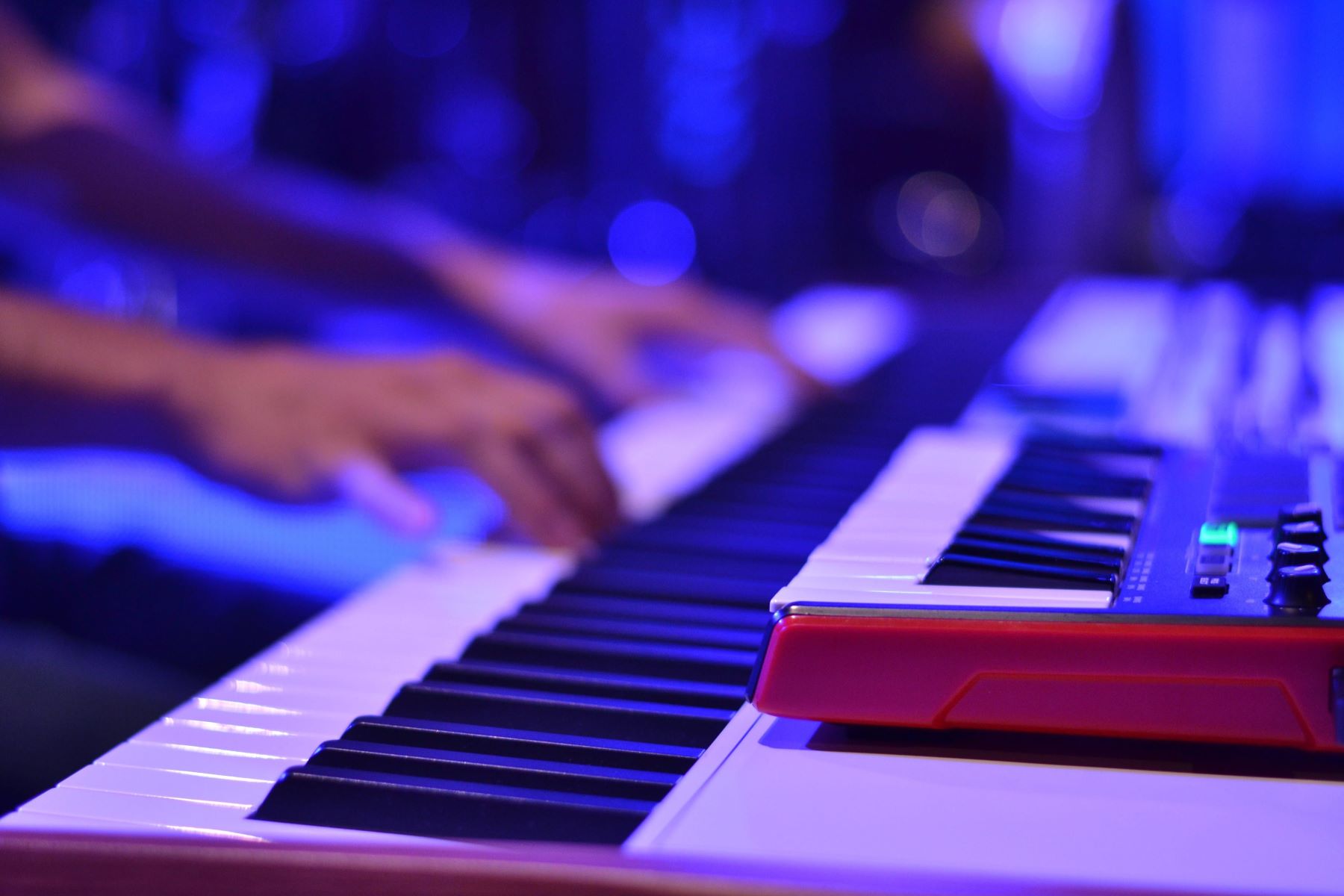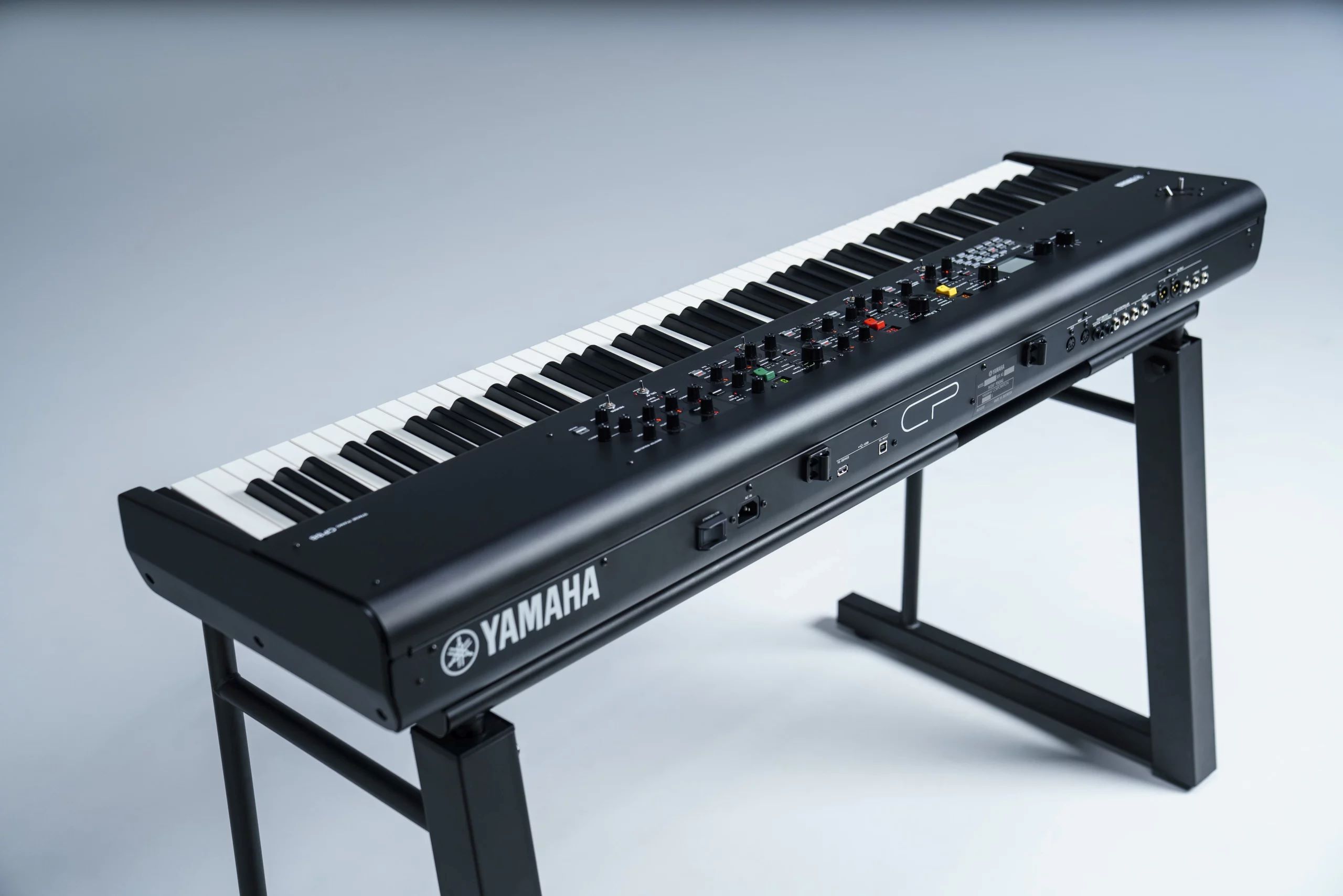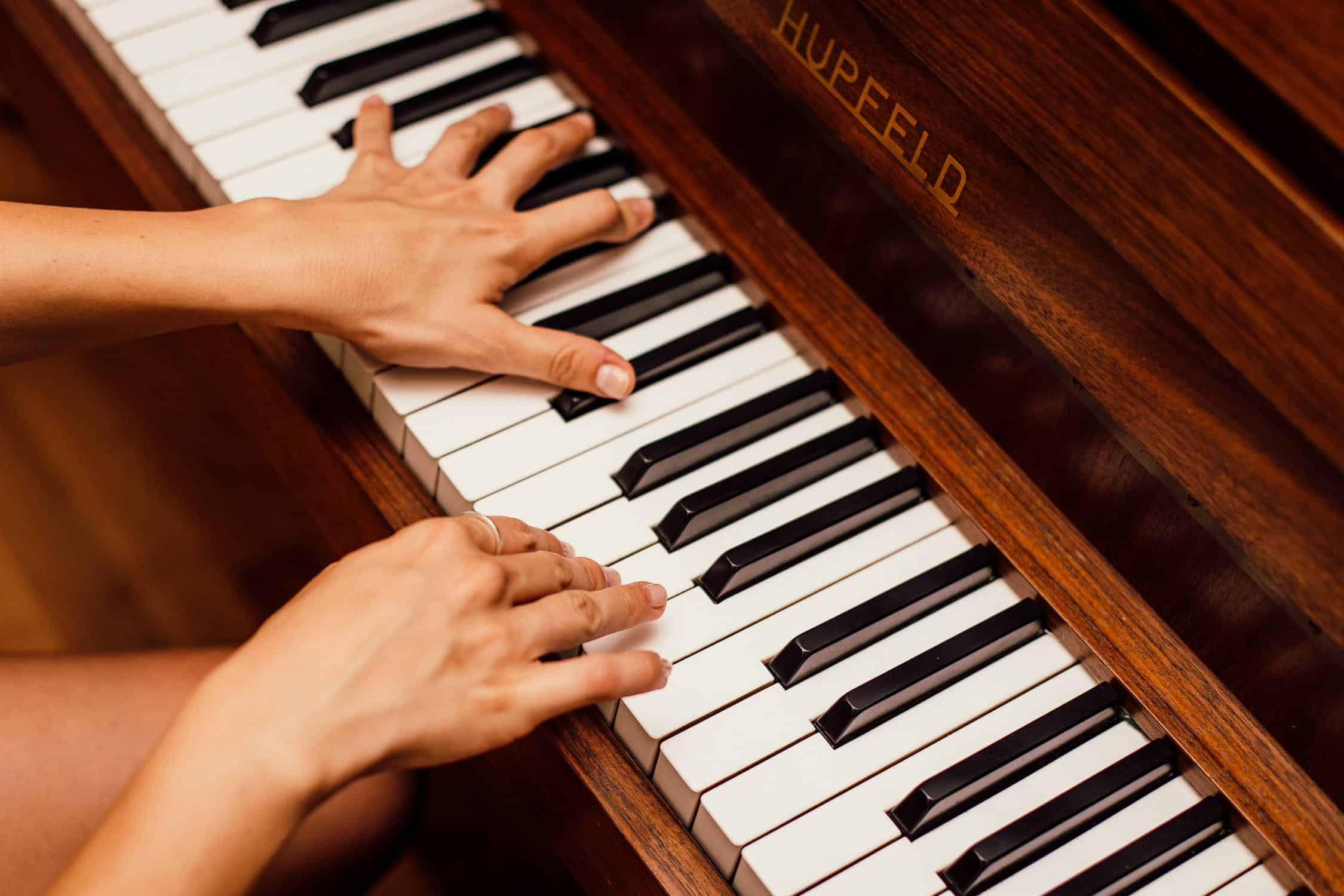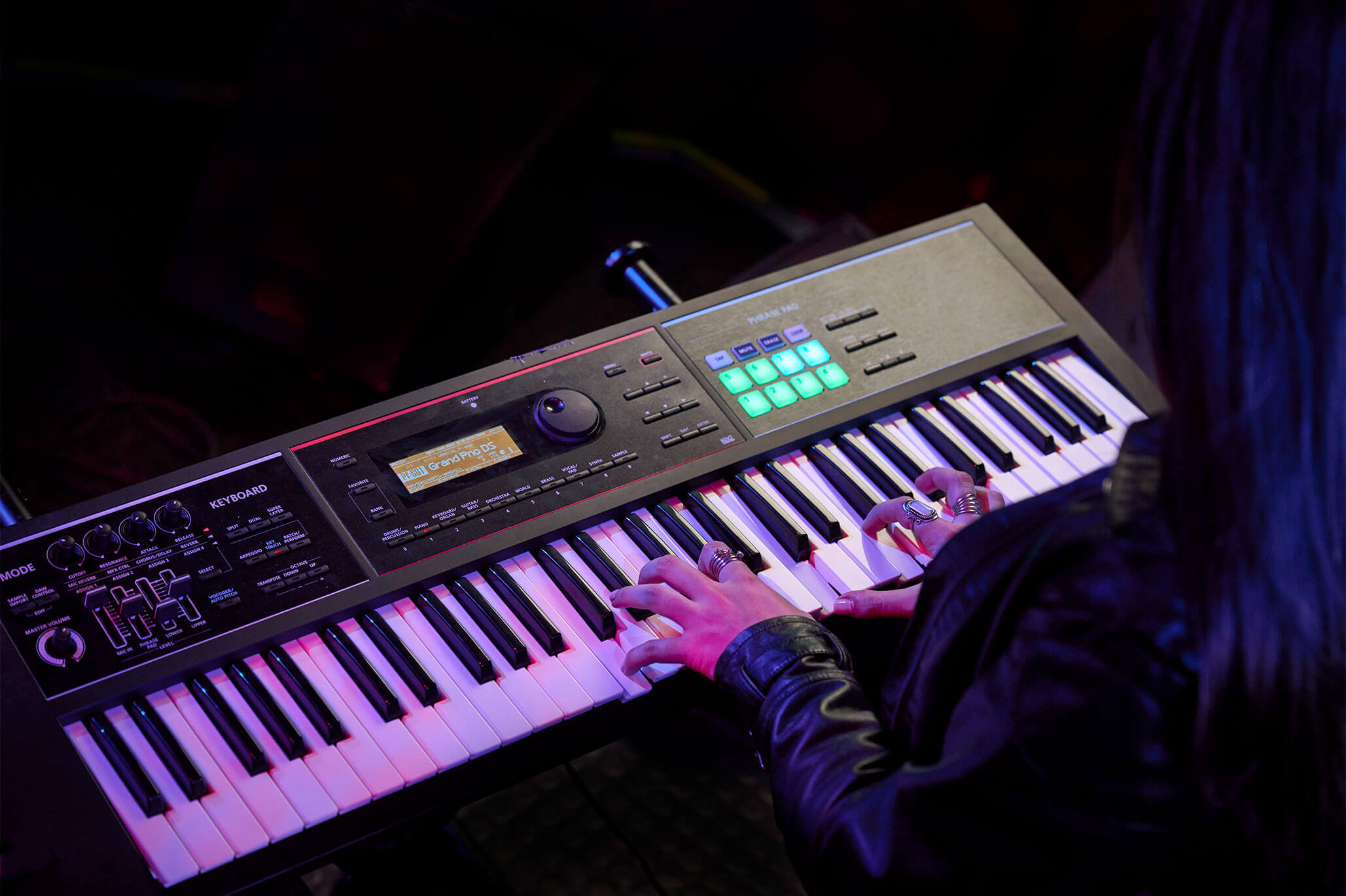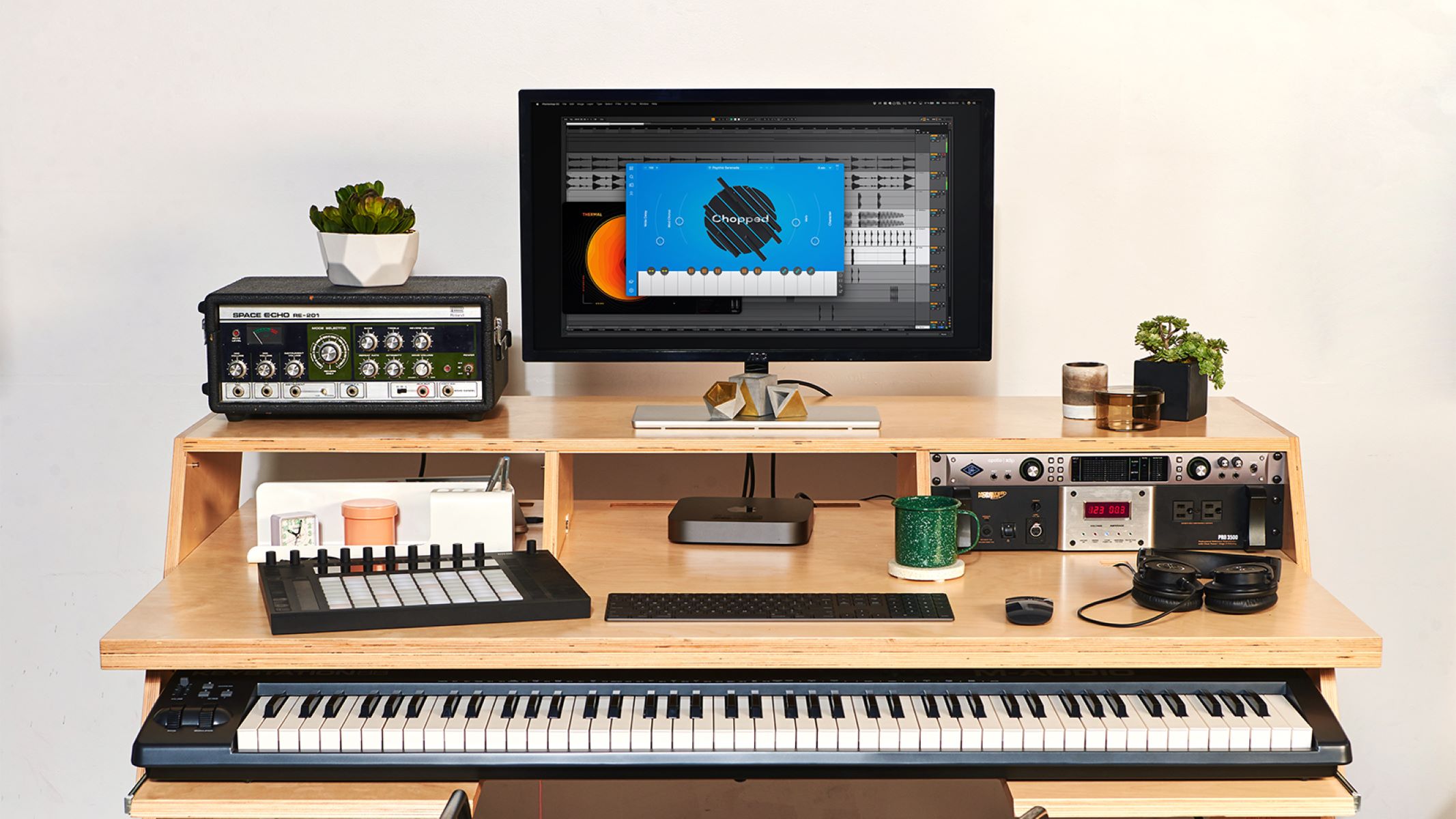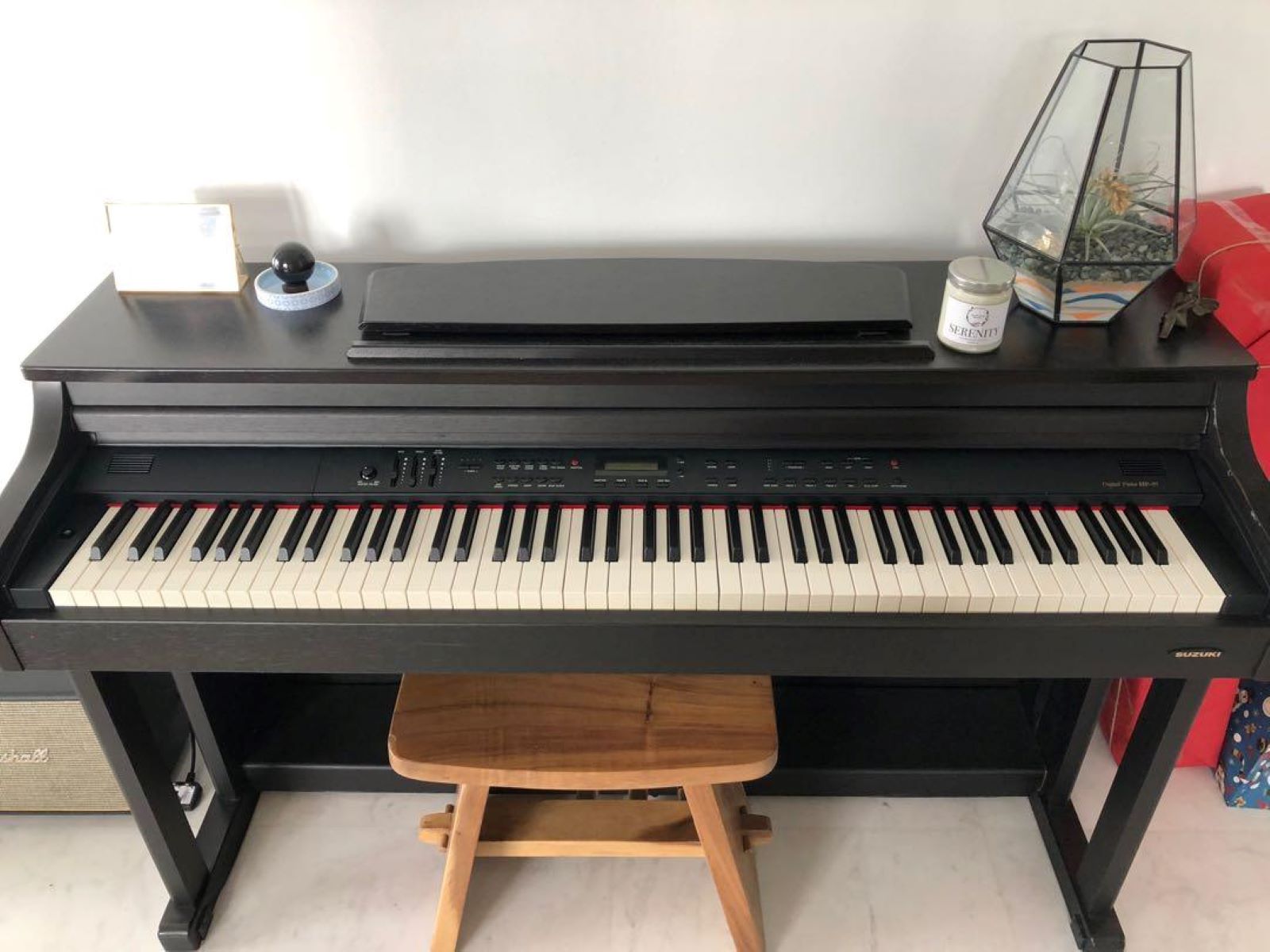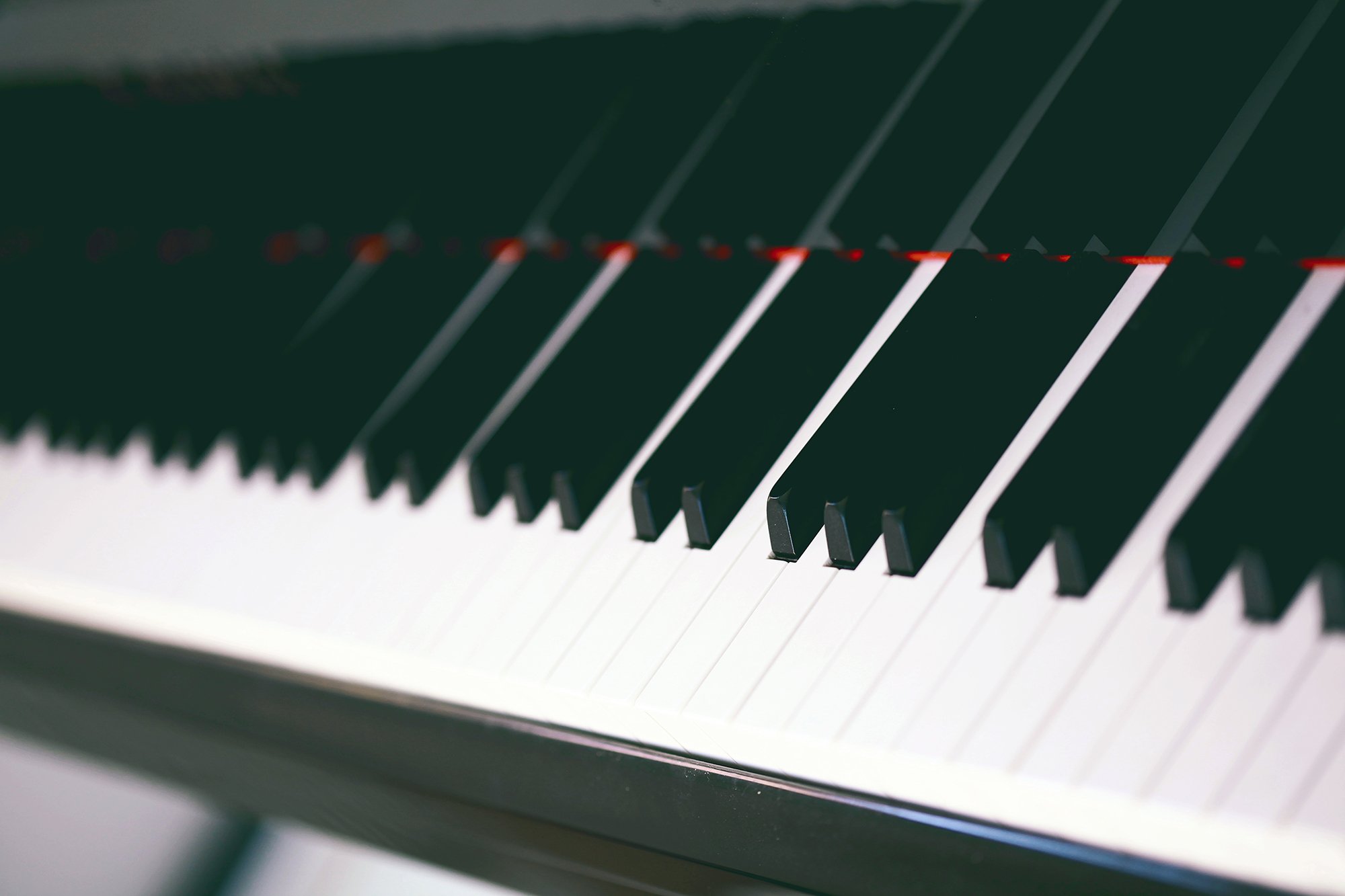Introduction
When playing a digital piano, musicians often seek to replicate the rich, immersive sounds of acoustic instruments. One way to achieve this is through the chorus function, a feature that adds depth and dimension to the music. The chorus effect creates a lush, shimmering sound by subtly modulating the pitch and timing of the notes played. This effect is commonly used in various musical genres, from classical to pop, and is a staple in the arsenal of many pianists and keyboardists.
Understanding the chorus function on a digital piano is essential for musicians aiming to elevate their performances and compositions. By harnessing the power of this effect, pianists can add a captivating and ethereal quality to their music, enriching the overall sonic experience for themselves and their audiences.
In this article, we will delve into the intricacies of the chorus function on a digital piano, exploring its mechanics, benefits, and practical tips for optimal usage. Whether you're a seasoned pianist or an aspiring musician, mastering the chorus function can unlock a world of expressive possibilities, transforming your playing into a mesmerizing auditory journey. Let's embark on this sonic exploration and unravel the enchanting realm of the chorus function on digital pianos.
What is a Chorus Function?
The chorus function on a digital piano is a signal processing effect that simulates the natural chorusing effect that occurs when multiple performers play or sing the same musical passage. This effect is achieved by mixing the original audio signal with one or more delayed and modulated copies of the signal. The slight variations in pitch and timing between the original and delayed signals create a sense of spaciousness and richness, akin to the sound of a choir or ensemble.
Essentially, the chorus effect introduces a subtle wavering or shimmering quality to the sound, mimicking the imperfections and nuances present in live musical performances. This modulation is achieved through the use of a low-frequency oscillator (LFO), which continuously varies the pitch of the delayed signals. As a result, the combined output produces a fuller, more vibrant sound that can transform the timbre of the piano, adding warmth and depth to the music.
It is important to note that the chorus function is not exclusive to digital pianos; it is a widely used effect in audio processing and can be found in guitar pedals, synthesizers, and recording software. However, on a digital piano, the chorus function is specifically tailored to enhance the instrument’s sound, providing pianists with a versatile tool to shape their sonic landscape.
By understanding the fundamental principles of the chorus function, musicians can harness its transformative power to elevate their performances and infuse their music with an enchanting, atmospheric quality.
How Does Chorus Work on a Digital Piano?
On a digital piano, the chorus effect is typically implemented through digital signal processing (DSP) technology. When the chorus function is activated, the piano’s internal circuitry processes the audio signal to create the desired modulation effect. This process involves several key components that work in harmony to produce the characteristic shimmering sound associated with chorus:
- Delay Lines: The chorus effect begins by creating delayed copies of the original audio signal. These delayed signals are then modulated to introduce subtle pitch variations.
- Modulation Source: A low-frequency oscillator (LFO) serves as the modulation source, generating a cyclical waveform that controls the pitch modulation of the delayed signals. The speed and depth of the modulation can often be adjusted to achieve different chorus textures.
- Signal Mixing: The original audio signal and the modulated, delayed signals are mixed together to produce the final output. The variations in pitch and timing between these signals create the illusion of multiple performers playing simultaneously, resulting in a rich, animated sound.
When a pianist engages the chorus function, the digital piano applies these processing techniques to the incoming audio, transforming the sound in real time. The depth and intensity of the chorus effect can usually be adjusted using dedicated controls on the instrument, allowing musicians to tailor the effect to suit their musical preferences.
It’s important to note that the chorus effect can vary in complexity and depth across different digital piano models. Some instruments offer additional parameters, such as feedback, diffusion, and stereo spread, that further shape the chorus effect and expand its sonic possibilities.
Overall, the chorus function on a digital piano operates as a sophisticated audio manipulation tool, leveraging DSP technology to imbue the music with a captivating sense of movement and dimension.
Benefits of Using Chorus on a Digital Piano
The chorus function on a digital piano offers a myriad of benefits that can enhance the musical experience for pianists and audiences alike. Understanding and leveraging these advantages can significantly enrich the sonic landscape and expressive potential of the instrument. Here are some key benefits of using the chorus effect on a digital piano:
- Enhanced Depth and Richness: The chorus effect adds a lush, immersive quality to the piano’s sound, creating the illusion of multiple instruments playing in unison. This depth and richness can elevate the emotional impact of the music, making it more captivating and enveloping for listeners.
- Expanded Expressiveness: By incorporating chorus, pianists can infuse their performances with a heightened sense of expressiveness. The subtle modulation and spatial enhancement provided by the chorus effect imbue the music with a dynamic, organic quality, allowing for more nuanced and evocative playing.
- Simulated Ensemble Sound: The chorus function enables digital pianos to replicate the expansive, resonant sound of an ensemble or choir. This versatility allows solo pianists to create arrangements that evoke the grandeur and depth of larger musical ensembles, expanding their creative possibilities.
- Atmospheric Ambience: Chorus can contribute to the creation of an atmospheric ambience, particularly in genres such as ambient, new age, and cinematic music. The ethereal, swirling nature of the chorus effect can transport listeners to evocative sonic landscapes, adding an otherworldly dimension to the music.
- Dynamic Texture Control: Pianists can use the chorus function to dynamically shape the texture and timbre of their performances. Whether seeking a gentle, shimmering aura or a more pronounced, animated sound, the chorus effect offers versatile control over the sonic character of the piano.
These benefits collectively underscore the transformative impact of the chorus function on a digital piano, empowering musicians to craft captivating, multidimensional musical experiences that resonate with audiences on a profound level.
Tips for Using Chorus Effectively
Mastering the art of using the chorus effect on a digital piano involves not only understanding its technical aspects but also harnessing its expressive potential to elevate musical performances. Here are some valuable tips for using the chorus effect effectively:
- Subtlety is Key: While the chorus effect can add depth and richness to the piano’s sound, it’s essential to use it judiciously. Avoid excessive modulation that may overshadow the melody or harmonic progression. Subtle application of the chorus effect can enhance the music without overwhelming it.
- Experiment with Settings: Digital pianos often feature adjustable parameters for the chorus effect, such as depth, speed, and stereo spread. Experiment with these settings to discover the ideal chorus texture for different musical contexts. A slower, more pronounced chorus may suit certain pieces, while a faster, more subtle effect may complement others.
- Consider Genre and Style: Tailor the chorus effect to suit the genre and style of the music being performed. For example, a gentle chorus with a wide stereo spread may be well-suited to ambient or cinematic compositions, while a tighter, more focused chorus may complement jazz or pop piano performances.
- Dynamic Control: Use the chorus effect dynamically to accentuate specific musical passages or create expressive swells. Adjusting the depth and speed of the modulation during different sections of a piece can add emotional nuance and variation to the performance.
- Blend with Reverb and Delay: Experiment with combining the chorus effect with reverb and delay to create a more expansive and immersive sonic environment. Careful blending of these effects can yield captivating textures and spatial depth, enriching the overall musical experience.
- Listen and Refine: Continuously listen to the impact of the chorus effect on the piano’s sound and make refinements as needed. Pay attention to how the effect interacts with different playing techniques, dynamics, and pedal usage, and adjust the settings accordingly to achieve the desired sonic outcome.
By incorporating these tips into their musical practice, pianists can harness the chorus effect as a versatile tool for shaping and enriching their performances, unlocking a world of expressive possibilities and captivating sonic landscapes.
Conclusion
Exploring the chorus function on a digital piano unveils a realm of sonic artistry and expressive potential for musicians. By understanding the mechanics and benefits of the chorus effect, pianists can harness its transformative power to elevate their performances and compositions.
The chorus function, with its ability to add depth, richness, and atmospheric ambience to the piano’s sound, offers a versatile tool for shaping musical textures and evoking emotional resonance. When used judiciously and with thoughtful consideration of genre and style, the chorus effect can transport listeners to captivating sonic landscapes, enhancing the overall musical experience.
As pianists delve into the realm of chorus, experimenting with settings, dynamic control, and the interplay of effects, they unlock a world of expressive possibilities. The subtle modulation and spatial enhancement provided by the chorus effect imbue the music with a dynamic, organic quality, allowing for more nuanced and evocative playing.
Ultimately, the chorus function on a digital piano serves as a gateway to a realm of sonic exploration and artistic expression. By integrating the chorus effect into their musical repertoire and embracing its potential, pianists can craft captivating, multidimensional performances that resonate with audiences on a profound level, creating an enchanting auditory journey that transcends the boundaries of the instrument itself.







